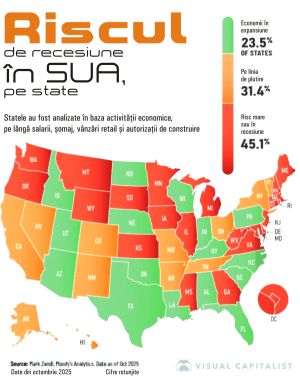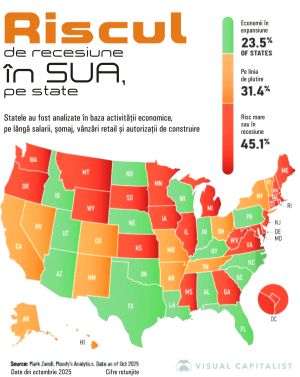The Federation of Associations of Energy Utility Companies (ACUE) requests the Energy Regulatory Authority (ANRE) to establish for the operators of natural gas distribution networks a remuneration rate for the invested capital different from that applied to investments in energy distribution networks electricity, because in the field of natural gas there is a greater risk of investment projects in the context of reaching decarbonization targets.
According to the data provided by ACUE, our country has a natural gas distribution network of almost 60,000 kilometers, to which about 4.3 million customers are connected and, including as a result of government policies, the network grows annually, distributors being obliged to connect to the network any applicant. However, at the European level, according to the decarbonization policy, 2050 would be the last year in which natural gas will be used in the EU member states, which means that any investment in gas is considered more risky, said the representatives of the distributors at an informal meeting with the press. Moreover, the banking system would have already started to stop financing gas investments, and where it does, the cost of financing is much higher. Added to all this situation are the risks that the distributors have, including the risk of completing a distribution system in localities where only a few people want to connect.
At the moment, the regulated rate of return is the same for gas networks and for electricity networks, 6.34%. According to a draft order of ANRE, the proposed rate for the period January 1, 2025-January 1, 2030 is 6.94% for electricity and natural gas, far below the methodological calculations made by distributors.
The distribution operators claim that the sector risk is higher compared to the country risk, unlike ANRE, which has a contrary opinion. As such, taking into account all costs, the gas distributors state that a regulated rate of return of 9.42% should be applied, while the rate proposed by ANRE is 6.94%.
Similarly, for the field of electricity, ACUE representatives believe that the investment return rate must be 8.7% compared to 6.94% proposed by ANRE. They show that in both cases those who calculated the risks for ANRE took into account data from the European Central Bank that are valid for EU member states in the Eurozone, instead of taking into account the data available at the National Bank of Romania.
• Biomethane, the chance for Romania's energy development
According to the data provided by ACUE representatives, our country has the potential to become the sixth largest producer of biomethane in the EU, with an annual production of 2 billion cubic meters. Moreover, gas companies are interested in developing projects in this segment both for the country's domestic consumption and for export. The problem is that Romania has no strategy for the development of this sector, ANERE does not recognize investments in green gases due to the lack of methodology, and the banking system is reluctant to lend to companies to make the necessary investments to use biomethane.
Dana Dărăban, executive director of ACUE, said: "We have almost 60,000 kilometers of natural gas distribution network. And we still have potential for new natural gas production capacity alongside potential for biomethane production, which is a very easy decarbonization tool using existing distribution infrastructure. To have such potential and no strategy to maximize the benefits of the existing infrastructure as a country that still wants to be the largest gas producer in the EU, I think is another example of a lack of vision".
According to the project of the Energy Strategy of Romania 2025-2030, with the perspective of the year 2050, developed by the Ministry of Energy, "although there are several facilities for the production of biogas, mainly used in cogeneration or only electricity production, in Romania there is no production facility of biomethane".
In a 2021 analysis, the European Commission shows that, despite the significant potential for biomethane production in our country (2 billion cubic meters per year at the horizon of 2030 - having the capacity to replace approximately 80% of current natural gas imports with biomethane ), Romania represents one of the least developed biogas markets in the EU, and the three compressed natural gas filling stations are not enough to have a greater absorption of biomethane in transport. According to a study by the European Commission from 2020, at the horizon of 2050, the total technical potential of biomethane production in Romania is approximately 65 TWh/year, with the main sources of production: (i) 60% - energy crops (ii) 17% - forest residues, (iii) 13% - straw, (iv) 7% - manure and (v) 4% - biological waste.




























































